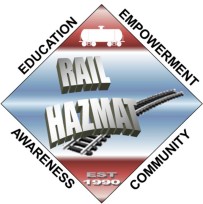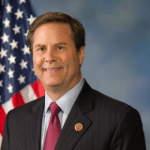The Rail Workers Hazardous Materials Training Program has opened registration for its next four installments of hazmat/chemical emergency response training in Houston.

This training addresses OSHA- and DOT-required training in addition to procedures, different levels of response and worker protection in a hazardous materials emergency or release, weapons of mass destruction awareness and the incident command system.
The trainings are scheduled for the following dates at the Houston Fire Academy’s Val Jahnke Training Facility, 8030 Braniff Street, Houston, TX 77061:
- Oct. 13-18, 2024
- Jan. 12-17, 2025
- Feb. 16-21, 2025
- March 16-21, 2025
The Rail Workers Hazardous Materials Training Program is funded to provide this training by a federal grant from the National Institute of Environmental Health Sciences (NIEHS). The funding provides the following student expenses: travel, lodging and meals. In addition, an incentive of $175 per day is available to all training participants of these programs, except those who are able to secure regular pay through their employer, or are paid union officers.
Follow this link to register online.
For more information, call 202-624-6963 from 9 a.m. to 5 p.m. Eastern, Monday through Friday.

